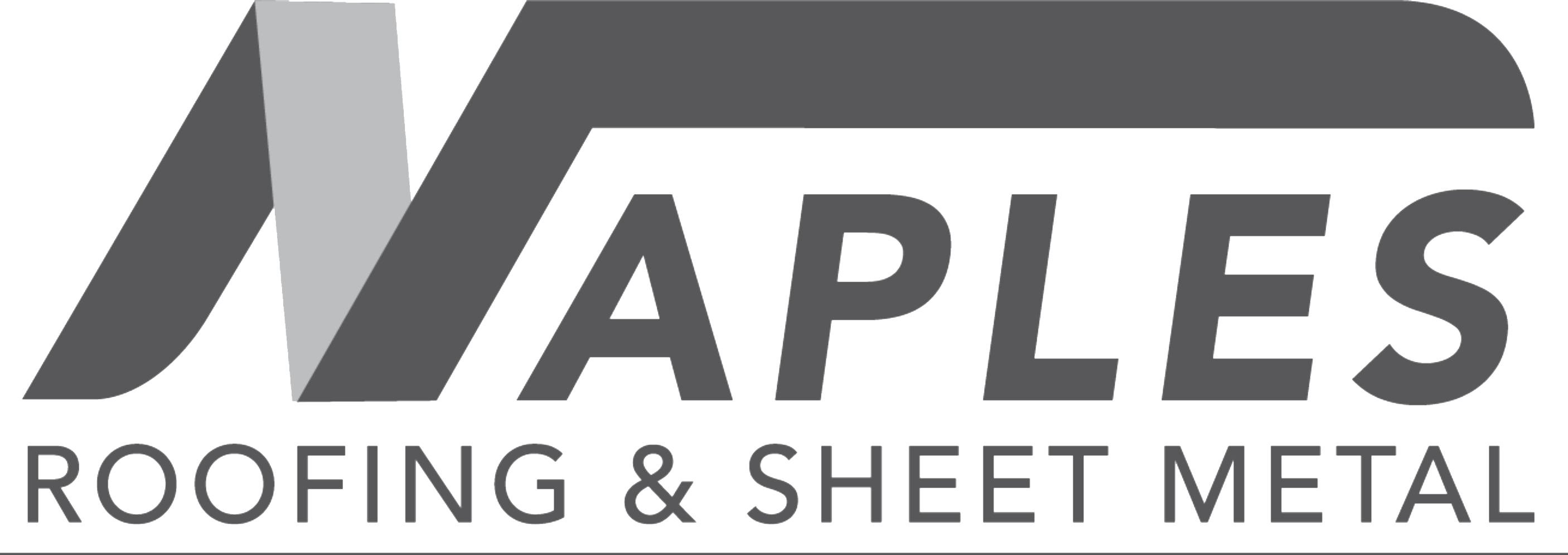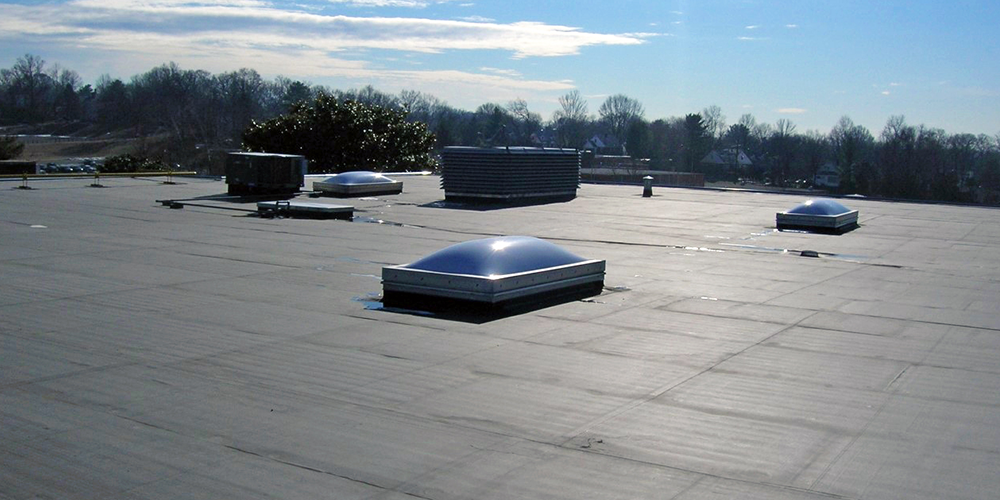Understanding EPDM Roofing Membranes for Commercial Roofing
EPDM (Ethylene Propylene Diene Monomer) roofing membranes have become a popular choice for commercial roofing applications due to their durability, flexibility, and cost-effectiveness. Understanding the key features and benefits of EPDM roofing and epdm roofing contractor in usa membranes is essential for property owners and facility managers considering roofing options.
Characteristics of EPDM Roofing Membranes:
EPDM roofing membranes exhibit excellent weather resistance and longevity, making them known as synthetic rubber materials.
Here are some key characteristics of EPDM roofing membranes:
Durability-
EPDM roofing membranes are highly durable and resistant to UV radiation, ozone. Therefore extreme weather conditions, making them ideal for long-term protection against the elements.
Flexibility-
EPDM membranes remain flexible even in cold temperatures, allowing for easy installation and accommodating building movement without cracking or splitting.
Low Maintenance-
EPDM roofing requires minimal maintenance over its lifespan, reducing the need for costly repairs and extending the roof’s service life.
Energy Efficiency-
EPDM roofing membranes and TPO underlayment are available in white and reflective formulations. Hence which can help reduce energy costs by reflecting sunlight and reducing heat transfer into the building.
Installation Process:
EPDM roofing membranes are typically installed using one of two methods: fully adhered or mechanically attached. Here’s an overview of the installation process:
Surface Preparation-
The roof substrate is cleaned and inspected for any damage or defects. Repairs are made as needed to ensure a smooth, even surface.
Membrane Installation-
Workers roll out and position the EPDM membrane on the roof surface. In fully adhered systems, they bond the membrane to the substrate using a specialized adhesive. In mechanically attached systems, they fasten the membrane to the roof deck using screws or plates.
Seaming-
Workers seal seams between membrane sections using heat-welding or adhesive tape to create a watertight seal.
Flashing Installation-
Contractors install flashing around roof penetrations, edges, and corners to prevent water infiltration and ensure a watertight seal.
Final Inspection-
After completing the installation, inspectors inspect the roof to ensure proper sealing of all seams and secure attachment of the membrane to the substrate.
Advantages of EPDM Roofing Membranes:
EPDM roofing membranes offer several advantages for commercial roofing applications:
Cost-Effective: EPDM roofing systems are relatively inexpensive compared to other roofing materials, making them a cost-effective option for commercial buildings.
Longevity: EPDM roofing membranes have a proven track record of durability and can last up to 30 years or more with proper maintenance.
Resistance to Environmental Factors: EPDM membranes are resistant to UV radiation, ozone, and temperature extremes, ensuring reliable performance in all weather conditions.
Easy Repairs: In the event of damage, EPDM roofing membranes are easy to repair. Hence minimizing downtime and disruption to building occupants.
Sustainability: EPDM roofing membranes are recyclable at the end of their service life. Moreover, making them an environmentally friendly choice for commercial roofing.
What do you understand by Commercial Roofing:
Commercial roofing and epdm roofing in usa involves installing, maintaining, and repairing roofs on non-residential structures like offices, retail, warehouses, and industrial facilities. It addresses complex structures with high foot traffic, HVAC equipment, and intricate roof forms. Moreover, the goal is to provide long-lasting, weather-resistant solutions, optimize energy efficiency, and reduce maintenance costs.
Scope: Commercial roofing involves the installation, repair, and maintenance of roofs on non-residential buildings, including offices, retail stores, warehouses, and industrial facilities.
Complexity: Commercial roofing projects are often more complex than residential projects due to the larger size and unique architectural features of commercial buildings.
Materials: Commercial roofing materials vary depending on factors such as building design, climate, and budget. Common materials used in commercial roofing include single-ply membranes (such as EPDM, TPO, and PVC), metal roofing, built-up roofing (BUR), and modified bitumen.
Regulations: Moreover, commercial roofing projects must comply with building codes, regulations, and industry standards to ensure safety, structural integrity, and environmental sustainability.
Professional Expertise: Commercial roofing requires specialized knowledge, skills, and equipment. Moreover, specialized commercial roofing contractors undergo training to handle the complexities of large-scale projects and comprehend the unique challenges associated with commercial buildings.
Longevity and Durability: Commercial roofing systems are designed to withstand harsh weather conditions, UV radiation, and heavy foot traffic. Therefore properly installed and maintained commercial roofs can last for decades. Therefore providing long-term protection for the building and its occupants.
Energy Efficiency: Many commercial roofing materials offer energy-efficient properties, such as reflective surfaces that reduce heat absorption and lower cooling costs. Hence energy-efficient roofing options can help businesses save money on utility bills and reduce their environmental impact.
Maintenance: Regular maintenance is essential to prolonging the lifespan of a commercial roof and preventing costly repairs. Moreover, maintenance tasks may include inspections, cleaning, repairing damaged areas, and ensuring proper drainage to prevent water pooling and leaks.
Safety: Moreover, safety is a top priority in commercial roofing projects to protect workers, building occupants, and the public. Contractors adhere to strict safety protocols. Moreover, regulations to minimize the risk of accidents and injuries during installation and maintenance activities.
Importance: A commercial roof that is kept up nicely Waterproofing is essential to a commercial building’s durability and overall integrity. Hence a well-functioning roof guards against water damage, and mold growth. Moreover, structural deterioration for the inside of the building, its equipment, and its people.
Conclusion:
EPDM roofing membranes and commercial epdm roofing in us are a cost-effective, weather-resistant, and flexible solution for commercial roofing. They offer low maintenance and are suitable for property owners and facility managers. Moreover, commercial roofing involves the installation, maintenance, and repair of non-residential buildings, requiring specialized knowledge and expertise. Moreover, properly maintained roofs protect buildings, occupants, and assets, optimize energy efficiency, and reduce maintenance costs.


